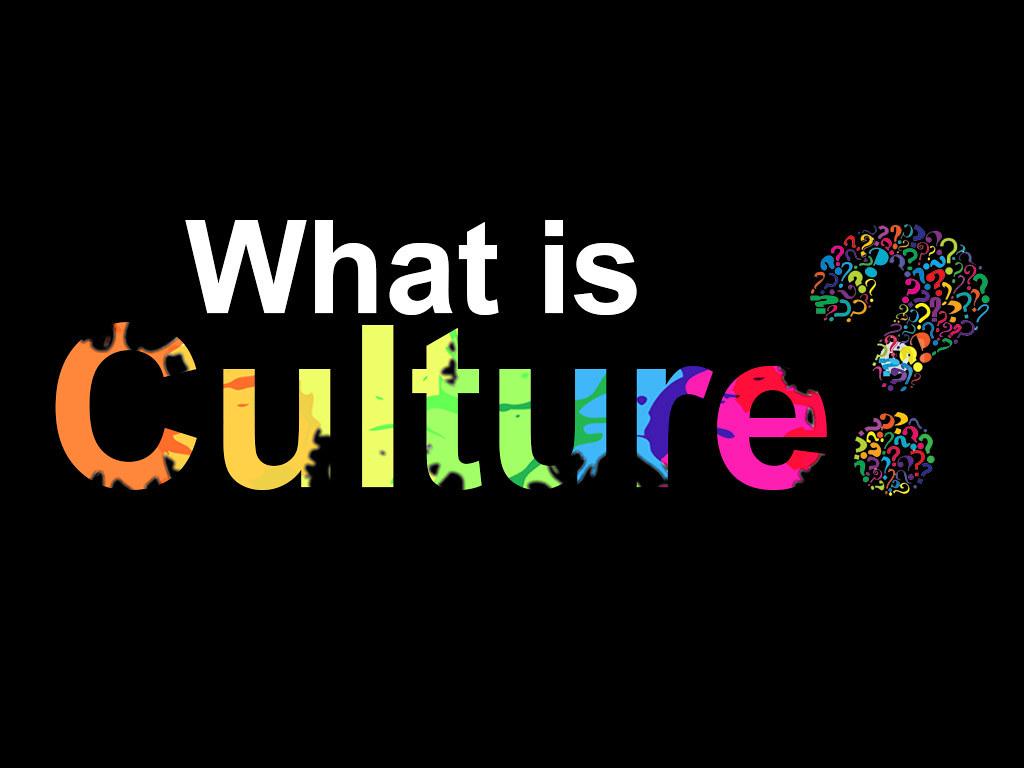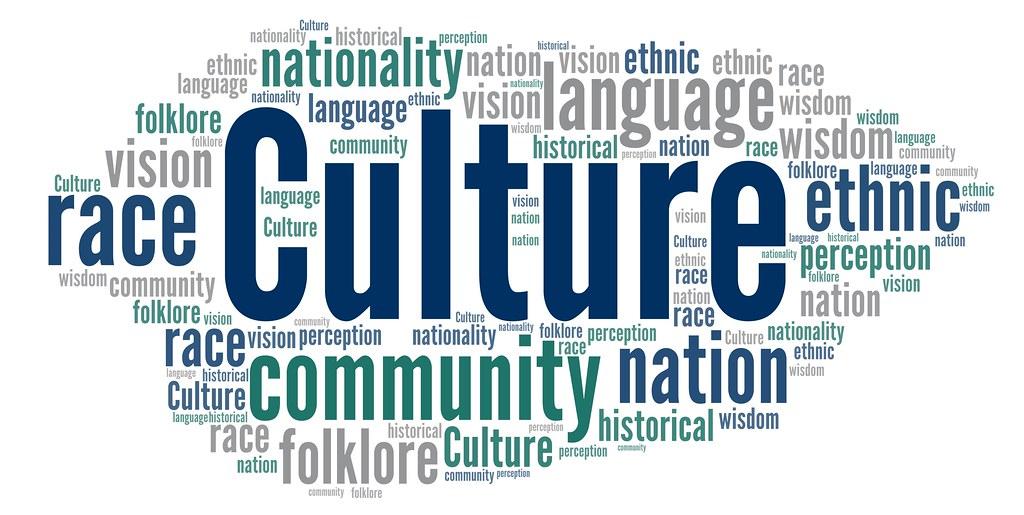In a world where eyeballs are perpetually glued to screens and brand exposure is the name of the game, advertising has found a strikingly creative way to capture our attention: pop culture references. From the moment we catch a glimpse of a TV commercial to the instant a brand logo catches our eye on the street, pop culture has infiltrated the very fabric of advertising. These clever references are the secret recipe behind successful campaigns, seamlessly blending entertainment and brand recognition into a single, irresistible package. Welcome to the enchanting realm where TV commercials become star-studded spectacles, and branding transcends mere logos to emerge as iconic symbols of our beloved, pop-crazed society. Join us as we embark on a dazzling exploration of pop culture references in advertising, uncovering the fascinating marriage between two realms that captures our hearts and shapes the consumer landscape.
The Power of Pop Culture References in Advertising: Enhancing Brand Identity and Consumer Engagement
Pop Culture References in Advertising: From TV Commercials to Branding
Pop culture references have become an integral part of advertising strategies, allowing brands to connect with consumers on a deeper level. By incorporating elements from popular television shows, movies, or music, advertisers tap into the collective nostalgia and emotions associated with these cultural touchstones. This powerful tool not only enhances brand identity but also drives consumer engagement, ultimately boosting sales and brand loyalty.
Here are some reasons why pop culture references are dominating the advertising landscape:
- Resonating with the target audience: Advertising that incorporates pop culture references instantly grabs the attention of consumers who are familiar with the referenced material. Whether it’s a clever nod to a beloved TV character or a recreated scene from a cult movie, these references create an immediate sense of familiarity and relatability.
- Evoking emotions and nostalgia: Pop culture references have the ability to evoke strong emotions and spark nostalgic memories. By utilizing characters or scenes that resonate with a particular generation, advertisers can tap into the emotional connection individuals have with these cultural icons, fostering positive associations with their brand.
- Increasing shareability and social media presence: In the era of social media, pop culture references often generate buzz and conversation. By incorporating these references into their advertisements, brands can tap into the online discussions surrounding popular culture, effectively increasing their visibility and reach.

Strategies for Incorporating TV Commercial References into Effective Branding Campaigns
When it comes to advertising, leveraging pop culture references can be a powerful tool to engage customers and create a lasting impact. TV commercials, in particular, have a wide reach and can serve as a valuable source of inspiration for effective branding campaigns. By incorporating TV commercial references strategically, brands can tap into the emotions and memories associated with popular advertisements, forging a stronger connection with their target audience.
1. Nostalgia Marketing
One of the most effective strategies for incorporating TV commercial references is through nostalgia marketing. Revisiting classic commercials that hold sentimental value to a particular generation can evoke fond memories and create an emotional connection to a brand. Brands can utilize elements from these cherished advertisements, such as catchphrases, jingles, or iconic characters, to trigger nostalgia and reinforce positive associations with their products or services.
Example: Create a limited-edition packaging design inspired by a famous cereal commercial from the ’80s, utilizing the same vibrant colors and beloved mascot, to generate buzz and attract nostalgic customers.
2. Parody and Homage
By incorporating TV commercial references through parody or homage, brands can tap into the humor and familiarity of well-known advertisements. Creating clever twists or modern adaptations of popular commercials not only captures attention but also allows brands to infuse their own unique messaging. Whether it’s recreating a famous scenario or incorporating the same visual style, leveraging the nostalgia associated with iconic ads can be a smart way to generate interest and reinforce a brand’s creativity.
Example: Produce a TV commercial that features characters from a well-known fast-food chain ad, but instead of promoting food, focus on environmental sustainability by highlighting eco-friendly packaging and initiatives.

Unlocking the Subconscious Appeal: How Pop Culture References Influence Consumer Behavior
In today’s fast-paced world, advertising has evolved to incorporate various techniques to capture the attention of consumers. One powerful method that has gained popularity is incorporating pop culture references into ads. From TV commercials to branding, these references have been used to tap into the subconscious appeal and influence consumer behavior. Let’s delve into how these references work their magic and why they have become an integral part of advertising strategies.
1. Familiarity and relatability: Pop culture references allow brands to connect with consumers on a personal level. By referencing popular movies, TV shows, or celebrities, advertisers create a sense of familiarity and relatability. Consumers often associate positive emotions and experiences with these references, which in turn influences their perception of the brand.
2. Building trust and credibility: By using pop culture references, brands showcase their ability to adapt and stay relevant in the rapidly changing cultural landscape. This helps to build trust and credibility among consumers. When consumers see a brand incorporating the trends and references they love, they are more inclined to believe that the brand understands them and their needs.
| Pop Culture Reference | Advertiser |
|---|---|
| The Avengers | Phone Manufacturer X |
| Friends | Online Shopping Platform Y |
| Game of Thrones | Coffee Chain Z |
3. Creating a buzz: Incorporating pop culture references in ads generates excitement and buzz among consumers. It sparks conversations on social media and encourages individuals to share and discuss the ad, further amplifying its reach. Brands can leverage this buzz to create brand awareness, generate interest, and ultimately drive consumer behavior.
In conclusion, pop culture references have become a powerful tool in advertising. Their ability to create familiarity, build trust, and generate buzz sets them apart in the highly competitive market. As consumers continue to be influenced by the media they consume, brands will likely continue to unlock the hidden potential of the subconscious appeal in pop culture references to effectively connect with their target audience.

Creating Memorable Advertising through Nostalgic Pop Culture References
Pop culture references have become an increasingly prominent tool in advertising today. From TV commercials to branding campaigns, companies are tapping into the nostalgia of their target audience to create memorable and impactful advertisements. By incorporating elements from popular TV shows, movies, music, and icons of the past, brands are able to connect with consumers on a deeper emotional level and spark a sense of familiarity and relatability.
Using nostalgic pop culture references in advertising allows brands to not only capture the attention of their target audience but also to foster a sense of positive sentiment towards their products or services. When consumers see a familiar face or hear a catchy jingle from their favorite childhood TV show, it triggers positive emotions and associations, which can lead to increased brand recognition, loyalty, and ultimately, sales.
Furthermore, pop culture references serve as an effective way to attract the attention of younger generations who might be less responsive to traditional advertising methods. By incorporating elements from their favorite TV shows or movies, brands can seamlessly integrate their messaging into the cultural fabric of today’s society.
In a world driven by both the allure and influence of pop culture, advertising has found its ultimate canvas for creative expression. From the small screen to our daily lives, the art of seamlessly incorporating pop culture references into branding has become an undeniable force in the realm of marketing.
As we gaze back at the diverse landscape of TV commercials and brand campaigns, we see the powerful impact that pop culture has played in shaping the messages conveyed to consumers. It’s a symphony of iconic characters, memorable catchphrases, and nostalgic moments that draw us closer to the products we see on our screens or encounter in our everyday routines.
These cultural touchstones often serve as bridges between brands and their target audience, establishing an instant connection based on shared experiences and emotional ties. Whether it’s a retro movie reference that makes us smile or a subtle nod to a beloved TV show that fills us with a sense of familiarity, these pop culture elements have the ability to transcend the advertising medium and become a part of our collective consciousness.
Yet, pop culture references in advertising go beyond a mere nostalgic trip down memory lane. They serve as potent tools to amplify a brand’s messaging, allowing it to be relevant and relatable. By tapping into the cultural zeitgeist, advertisers can tap into the dreams, desires, and aspirations of consumers and embed their brand into the cultural fabric of society.
But as with any art form, there are risks involved. The delicate balance between being cleverly referential and overly forced is a tightrope that brands often walk. A poorly executed pop culture reference can seem phony, out of touch, or even disrespectful. It is crucial for advertisers to ensure that these references are carefully integrated, adding value and authenticity to the brand’s narrative, rather than overshadowing it.
As we delve into a world where advertising and pop culture intersect, it becomes apparent that this marriage is a double-edged sword. On one hand, it breathes life into the messaging, fostering a sense of mutual understanding and emotional connection. On the other hand, it poses challenges in maintaining originality and avoiding the pitfalls of the fleeting nature of pop culture trends.
In the end, the incorporation of pop culture references in advertising has become an essential tool for brands striving to carve a place in the hearts and minds of consumers. It serves as a reminder that the world of advertising is not just about selling products and services but also about contributing to the cultural dialogue and celebrating the shared experiences that bind us together.
So next time you catch yourself smiling at a cleverly placed TV commercial or chuckling at a witty pop culture reference, remember that what may seem like a simple moment of entertainment is, in fact, a testament to the influence that pop culture and advertising hold in shaping the world around us.




